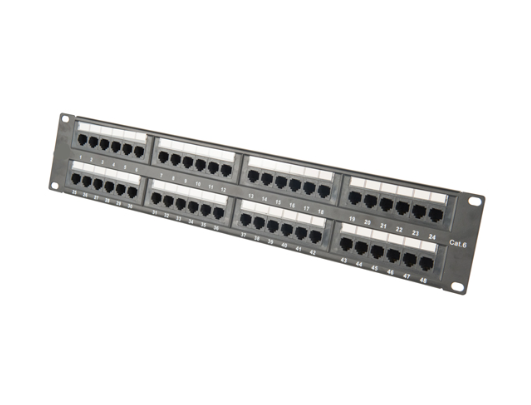News
Site Editor
 Site
https://leonetworkgroup.usa18.wondercdn.com/uploads/image/5fe152faa587d.png
The demand for high-speed data transmission is constantly increasing, and fiber-optic communication systems have become the solution of choice to meet this demand. These systems rely on various components, including modulators, to manipulate and transmit information. Lithium niobate (LiNbO3) modulators have emerged as a popular option for fiber-optic communication systems due to their unique prope
Site
https://leonetworkgroup.usa18.wondercdn.com/uploads/image/5fe152faa587d.png
The demand for high-speed data transmission is constantly increasing, and fiber-optic communication systems have become the solution of choice to meet this demand. These systems rely on various components, including modulators, to manipulate and transmit information. Lithium niobate (LiNbO3) modulators have emerged as a popular option for fiber-optic communication systems due to their unique prope
A Review Of Lithium Niobate Modulators For Fiber-Optic Communications Systems
Views: 551
Author: Site Editor
Publish Time: 2023-07-10
Origin: Site
The demand for high-speed data transmission is constantly increasing, and fiber-optic communication systems have become the solution of choice to meet this demand. These systems rely on various components, including modulators, to manipulate and transmit information. Lithium niobate (LiNbO3) modulators have emerged as a popular option for fiber-optic communication systems due to their unique properties and high performance.
LiNbO3 is a well-established material in the field of fiber-optic communication due to its excellent electro-optic properties. It is highly transparent in the near-infrared wavelength range, making it ideal for use in optical communication systems. LiNbO3 modulators operate by applying an electric field to the material, which changes its refractive index and thereby modulates the characteristics of the light passing through it.
There are two types of LiNbO3 modulators: the amplitude modulator and the phase modulator. The amplitude modulator works by varying the intensity of the light passing through the material, while the phase modulator changes the phase of the light. The phase modulator is preferred in most fiber-optic communication systems since it provides higher modulation speeds and lower power consumption than the amplitude modulator.
LiNbO3 modulators offer several advantages over alternative materials and technologies. They have high extinction ratios, which means that they can attenuate the unwanted optical signal efficiently. This allows for precise modulation of the signal and improves the overall quality of the transmission. LiNbO3 modulators also have high speeds, making them suitable for high-speed communication systems. They can operate at frequencies up to 40 GHz, making them ideal for use in applications such as optical data links, fiber-optic sensors, and microwave photonics.
However, LiNbO3 modulators are not without their limitations. They are sensitive to temperature changes, which can cause drift in the modulation performance. This can be mitigated through the use of temperature control mechanisms, but this adds complexity and cost to the system. Additionally, LiNbO3 modulators are relatively expensive compared to other types of modulators, which can make them less attractive for some applications.
In conclusion, LiNbO3 modulators have established themselves as a popular choice for fiber-optic communication systems due to their high performance and unique properties. While they have some limitations, their high speeds and excellent electro-optic properties make them ideal for high-speed communication systems. As the demand for high-speed data transmission continues to grow, it is expected that LiNbO3 modulators will continue to play a critical role in fiber-optic communication systems.
If you want to know more about industrial network cabinet,china fiber optic splice closure,china fiber optic distribution box,please consult the fiber optic splice closure factory









